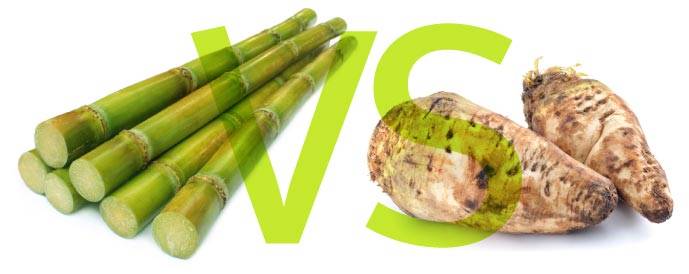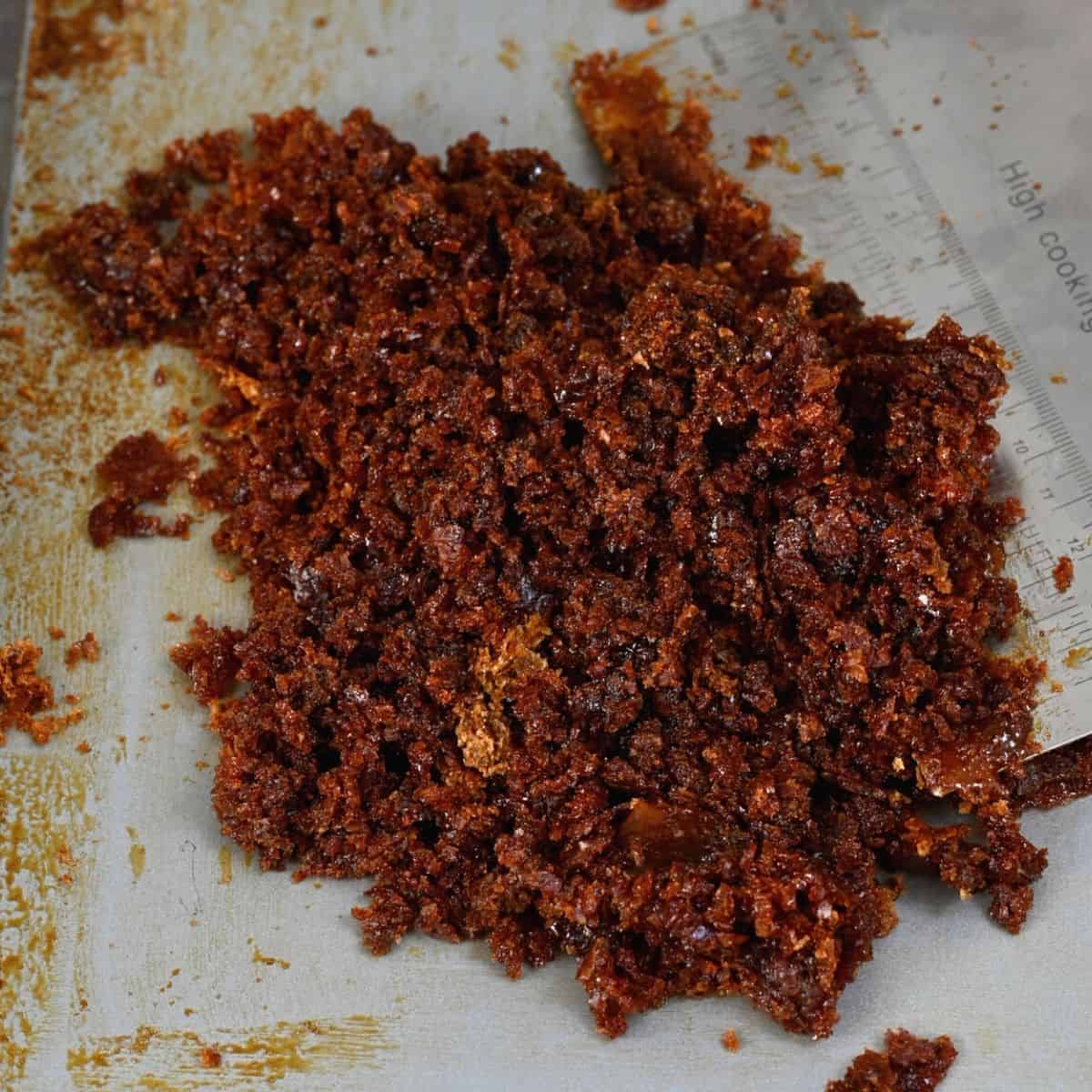Exploring the Comprehensive Steps Associated With Walking Cane Sugar Handling From Harvesting to Improvement
The procedure of cane sugar manufacturing incorporates a series of detailed steps, starting with the mindful harvesting of sugarcane and culminating in the refinement phases that guarantee the last item meets market criteria. Each stage, from the removal of juice to the filtration and crystallization processes, plays an essential duty in identifying the top quality and personality of the sugar.
Harvesting Sugarcane
Harvesting sugarcane is a vital step in the walking stick sugar processing chain, as it straight affects the top quality and return of the last item. Appropriate timing and strategies are essential during this stage to make certain optimum sugar content and reduce losses. Usually, sugarcane is gathered when it reaches maturity, usually 12 to 18 months after planting, characterized by a high sucrose focus.

Post-harvest, the sugarcane must be processed promptly to avoid sucrose deterioration. Ideally, gathered cane should be carried to processing centers within 24-hour to protect sugar high quality. As a result, reliable logistical planning is crucial to maintain the honesty of the gathered crop throughout the supply chain.
Extraction Refine

The crushed cane is subjected to a collection of pushing procedures to take full advantage of juice healing. Commonly, warm water is splashed onto the smashed cane, producing a countercurrent circulation that assists liquify the sugar while likewise aiding in the removal procedure. The juice gathered from this operation includes not only sugar yet additionally different organic substances and pollutants.

To improve extraction effectiveness, some centers might use diffusion approaches, where the sugarcane is saturated in warm water, permitting the soluble sugars to diffuse right into the fluid. The resulting juice, rich in sucrose, is then directed to subsequent processing phases, laying the structure for purification and improvement. The removal process is therefore crucial in identifying the top quality and return of the last sugar product.
Purification Strategies
The purification strategies used in walking cane sugar handling are important for transforming the raw juice right into a high-grade sugar item. These approaches largely intend to get rid of impurities, such as dirt, plant products, and inorganic compounds, which can adversely influence the final product's taste and shade.
One of the most common purification methods is clarification. This process entails including lime and heat to the raw juice, which helps with the coagulation of contaminations. The resulting precipitate is after that eliminated wikipedia reference through sedimentation or purification, producing a clearer juice. Additionally, the use of phosphoric acid can improve the clarification process by further binding impurities.
Another substantial method is carbonatation, where co2 is introduced to the clarified juice. This response generates calcium carbonate, which catches remaining contaminations and promotes their elimination.
Additionally, turned on carbon therapy may be related to adsorb any type of continuing to be colorants and organic contaminations, making sure an extra refined item. The mix of these techniques properly prepares the sugar juice for subsequent steps in the refining process, setting the phase for the production of high-quality walking stick sugar.
Formation Approaches
After the purification stage, the following vital action in cane sugar processing involves formation methods, which play a critical duty in changing the clarified juice right into solid sugar. This process commonly employs two main approaches: spontaneous condensation and controlled crystallization.
In spontaneous formation, supersaturated sugar options are enabled to cool normally, resulting in the formation of sugar crystals gradually. This technique is easier yet may lead to unequal crystal dimensions and reduced pureness levels. On the other hand, managed formation is a more specific method where focus, seeding, and temperature level agents are diligently taken care of. This technique enables for the uniform growth of sugar crystals and greater purity.
Throughout formation, the clarified juice is focused via dissipation, increasing its sugar material until it gets to supersaturation. As soon as this factor is accomplished, either technique can help with the condensation process. Cane Sugar Processing. The resultant sugar crystals are after that divided from the staying syrup through centrifugation
Inevitably, the choice of crystallization approach affects the high quality, size, and pureness of the final sugar product, making this action necessary in the general cane sugar handling procedure.
Improvement and Product Packaging
Exactly how can the pureness and quality of walking stick sugar be additionally enhanced after condensation? The improvement process plays a critical role in achieving premium cane sugar.
Next, the sugar undergoes a process called centrifugation, where it is spun at broadband to separate the detoxified sugar crystals from the remaining fluid. After centrifugation, the sugar is often additional improved i was reading this via a technique called carbonization or phosphatation, which utilizes triggered carbon or phosphoric acid to get rid of shade and off-flavors.
Once fine-tuned, the sugar is dried out to attain the desired wetness web content, ensuring that it stays secure throughout storage space and transportation. The final step includes product packaging the refined sugar in moisture-proof and closed containers to maintain its high quality and protect against contamination. Cane Sugar Processing. Proper packaging not just extends rack life yet also helps with simple handling and distribution, making sure that customers obtain sugar that fulfills the highest possible criteria of pureness and top quality
Verdict
The thorough steps entailed in walking stick sugar handling, from the meticulous harvesting of sugarcane to the elaborate improvement and packaging phases, underscore the value of each stage in making certain top quality sugar manufacturing. Optimal harvesting strategies, reliable extraction techniques, and extensive filtration procedures collectively add to the final item's purity and security. The crystallization and succeeding product packaging methods even more enhance the honesty and rack life of the sugar, highlighting the intricacy and accuracy intrinsic in this essential farming market.
The process of walking stick sugar production encompasses a collection of complex steps, beginning with the careful Clicking Here harvesting of sugarcane and culminating in the improvement phases that guarantee the final item satisfies industry standards. Preferably, gathered cane needs to be transported to refining facilities within 24 hours to preserve sugar top quality.In spontaneous condensation, supersaturated sugar solutions are permitted to cool normally, leading to the formation of sugar crystals over time - Cane Sugar Processing. The refinement process plays a crucial role in attaining high-grade walking stick sugar.The thorough steps involved in walking cane sugar handling, from the careful harvesting of sugarcane to the intricate refinement and packaging phases, underscore the significance of each phase in making sure top quality sugar production